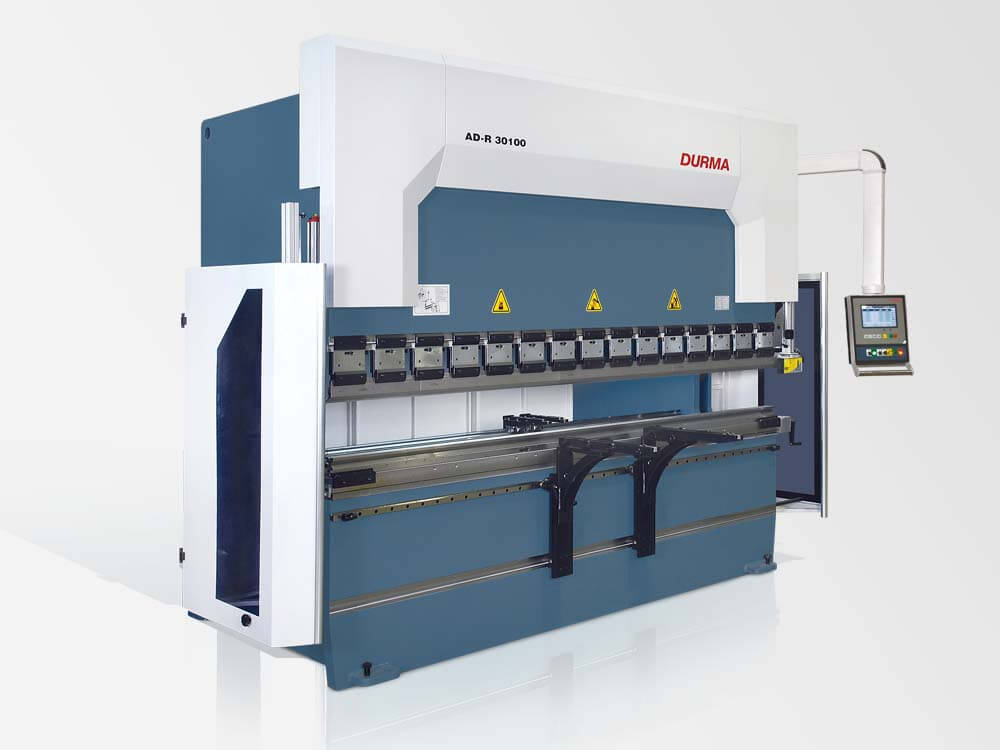Whether you’re considering buying a new press brake to expand the range of services you can offer or your old press brake is on its last legs, you shouldn’t rush out to buy the first one you see. They’re now available in a wide range of tonnages, tooling combinations, and styles. You need to understand what you need relative to what is available. Here are five things you should consider before investing in a new press brake.
Table of Contents
The Right Press Brake for the Material You’re Shaping
There are two main types of press brakes on the market. Electronic press brakes are more efficient. They’re more accurate than hydraulic presses. They’re easier to fix and maintain. They’re also generally intended for smaller parts. Hydraulic press brakes are a better option for large pieces and heavy workloads. They’re essential if you’re working with thick materials. The thickness of the material generally determines the tonnage you require. For example, 16-gauge steel that comes in 10 foot long sheets doesn’t need more than fifty tons. Unless you’re doing bottoming work, you could need up to 150 tons of air bending.
You should also consider the final product specifications you need. The unit you buy should have the shortest and lowest tonnage that is still compliant with your part specifications. This ensures that you get the machine capable of doing what you need without paying for more than is necessary.
Press Brake Dimensions and the Impact They Have
An often-overlooked factor is deflection limits. The bigger the machine, the more deflection you get. Smaller machines need less shimming, and this saves time during setup. This is one reason why you want to get the smallest machine that meets your needs. You also want to know the width of the flange. If you don’t have a properly measured flange, you will have to do extra work to make wider parts. That increases the cost and time it takes to make wide-flange parts.
The Accuracy You Need
Conventional tooling is accurate to within one-thousandth of an inch per foot. The tools shouldn’t be plus or minus five-thousandths of an inch for the unit’s overall length. Precision ground tooling is typically accurate to four ten-thousandths of an inch per foot and shouldn’t exceed two-thousandths of an inch over the total length. You pay more for precision, but sometimes your customers are happy to pay more, too. Furthermore, precision-ground tooling is often necessary for CNC press brakes, while conventional tooling is generally good enough for manual press brakes.
The Support You’ll Get for the Equipment
Whether you’re going through a third-party supplier or working with the manufacturer, do your research regarding the type of support they offer. Will they offer preventative maintenance or repair services if you need it? Do they have a large inventory of replacement parts? Good support is key to keeping your shop running smoothly.
The Tooling Options Available
At a minimum, a press should be able to support the tools you normally use. If you already own a full set of tools, determine if they’ll be compatible with the new press brake. You may want to buy new tools just to make sure that the tooling doesn’t damage the new press brake.
Conclusion
You don’t just need a new press brake. You need an efficient one that can do all the tasks you will need it to do, and you can’t afford to overspend on equipment. So, make sure that you take your needs into consideration and explore all the options available.



















